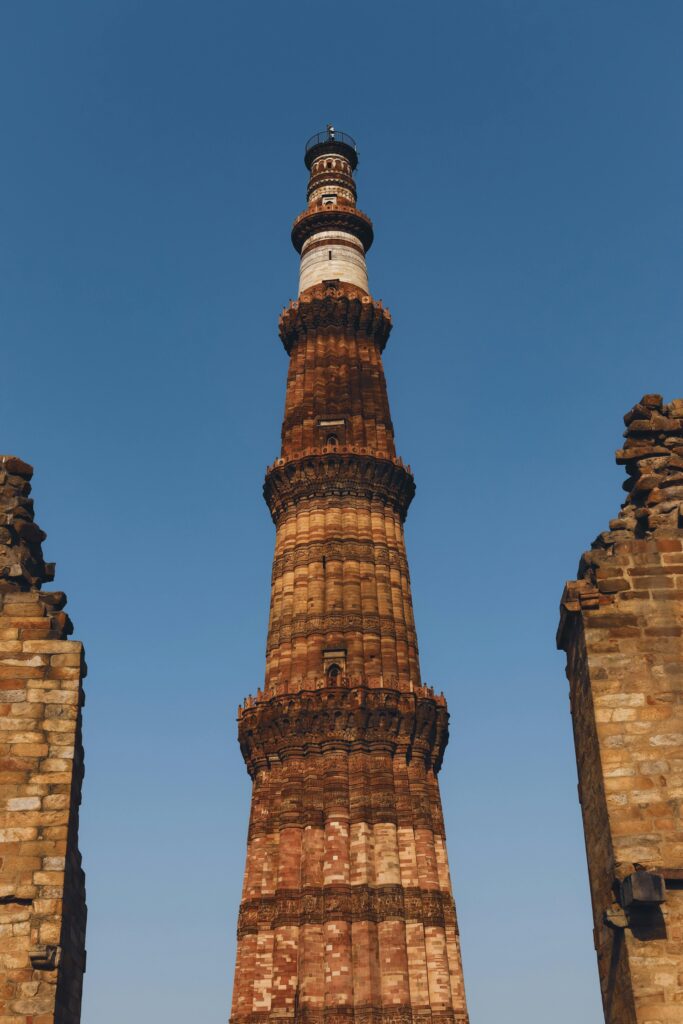Objective: To offer well-structured, student-friendly solved questions and answers from the ICSE Class 7 chapter Art and Architecture, making revision quick and effective.
Understanding the beauty and brilliance of ancient art and architecture can be truly inspiring—but when it comes to remembering facts and answering questions in exams, it often gets tricky. That’s where this blogpost comes to your rescue!
In this post, you’ll find a complete set of solved question and answers tailored to the Art and Architecture chapter from the ICSE Class 7 History syllabus. These answers are simple, to the point, and written in a way that makes learning easier for every student. Whether you’re revising for a test or brushing up on concepts, this resource is here to support your learning with ease and clarity. Let’s make history enjoyable and scoring!
A: Answer the Following Questions
1. Why is Shah Jahan’s reign called the “Golden Period of Mughal Architecture”?
Shah Jahan’s reign (1628–1658) is called the Golden Period of Mughal Architecture because:
- Masterpieces like the Taj Mahal, Red Fort, and Jama Masjid were built.
- Use of white marble and intricate inlay work became popular.
- Architecture reached its peak with symmetry, domes, minarets, and grand gardens.
- Fusion of Persian, Indian, and Islamic styles created a unique Mughal identity.
2. Write a few sentences on the Taj Mahal.
The Taj Mahal, built by Shah Jahan in Agra (1632–1653), is a symbol of love for his wife Mumtaz Mahal. It is made of white marble and features Persian, Islamic, and Indian architectural elements. The monument is famous for its intricate carvings, symmetrical gardens, and the grand dome. It is one of the Seven Wonders of the World and a UNESCO World Heritage Site.
3. State three features of medieval painting.
- Miniature style – Small, detailed paintings with vibrant colors.
- Use of natural dyes – Artists used plant-based and mineral colors.
- Religious and courtly themes – Paintings depicted Hindu mythology, Mughal court scenes, and Persian influences.
4. Name a few painters of the Mughal period.
Some famous painters of the Mughal period were:
- Abdus Samad
- Mir Sayyid Ali
- Basawan
- Daswanth
5. Why was the Buland Darwaza constructed?
The Buland Darwaza (Gate of Victory) was built by Emperor Akbar in 1575 in Fatehpur Sikri to commemorate his victory over Gujarat. It is the tallest gateway in India and showcases Persian and Indian architectural styles with Quranic inscriptions and grand arches.
B: Fill in the Blanks
- The Turkish rulers introduced the arch and dome style of architecture.
- Akbar’s architecture was a blend of Persian and Indian style.
- The new elements of the medieval architecture consisted of minarets and ornate domes.
- The Peacock Throne was made of gold and studded with diamonds, rubies.
- Miniature painting became very popular in Mughal India.
C: Match the Following
| A | B |
| The dargah of Nizamuddin Auliya | Alauddin Khilji |
| The city of Hisar was founded by | Tughlaq rulers |
| The Gol Gumbaz of Bijapur was constructed by | The Bahmani rulers |
| Akbar’s tomb is at | Sikandra |
| Buland Darwaza is constructed at | Fatehpur Sikri |
Have a look on the essay on Evil of Wars Essay For Class 6
Read the Question and Answer on The Mauryan Administration
D: True or False
- The construction of Qutub Minar was completed by Balban. (False – It was completed by Iltutmish)
- Shahjahan was a connoisseur of paintings. (True)
- Jahangir related to beautiful gardens in Kashmir. (True)
- Minars were used by muezzins to call the Muslims to pray five times a day. (True)
- The construction of Akbar’s tomb at Sikandra near Agra was started by Akbar but completed by his son Jahangir. (True)


